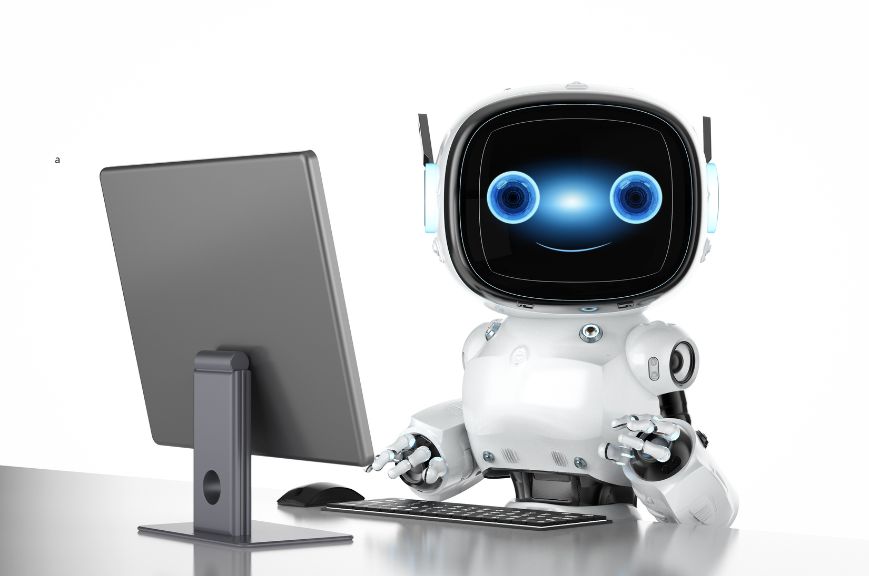According to estimates from Fortune Business Insights, the global wearable sector should reach US$ 118,16 billion by 2028, driven by the growing demand for wellness and preventative health technologies. For this reason, the wearable device market continues its strong growth
With technological advancements and increasing integration with mobile applications, in addition to monitoring vital signs and physical activities, the solution also promotes healthy habits through gamification and artificial intelligence
Companies in the segment have been investing in experiences that go beyond simple step or heart rate tracking. New apps offer personalized challenges, rewards and even competitions among users to increase engagement and adherence to healthy habits.
Gamification has proven to be a powerful tool for motivating users, making the monitoring experience more interactive and engaging, explainRafael Franco, CEO ofAlphacode, company specialized in developing applications for the healthcare sector, fintechs and delivery
Gamification and artificial intelligence in user experience
The strategy, widely adopted in learning and productivity applications, also solidified itself in the wearable universe. Platforms like Fitbit and Strava use daily challenges, performance rankings and digital rewards to encourage users to maintain an active routine. According to a study by the Health Enhancement Research Organization, users who participate in group challenges are 50% more likely to reach their fitness goals
Another factor driving this market is the use of artificial intelligence for analysis and personalization of data collected by wearables. Predictive models help identify behavior patterns and offer personalized suggestions, as reminders for stretching or adjustments to training intensity based on heart rate and user history. Artificial intelligence allows for a more strategic approach to health monitoring, making recommendations more assertive and efficient, Franco stands out
New opportunities for companies and startups in the sector
The segment opens new opportunities for companies that want to innovate in the sector. Major players like Apple and Samsung are already investing in expanding health monitoring functionalities, including sensors to measure blood oxygen levels and detect heart arrhythmias. Furthermore, startups have been investing in integrations with health plans and corporate wellness programs, creating solutions that help companies monitor and encourage healthy habits among their employees
For Rafael Franco, the future of the sector involves greater personalization and integration between applications and devices. Companies that know how to offer immersive experiences, combining gamification, artificial intelligence and personalization, will have a competitive advantage in that market, concludes
With the advancement of technology and increasing awareness of health and well-being, wearable devices and connected apps will continue to transform how people track their activities and care for their health. The challenge for companies will be to ensure that these innovations are accessible and bring real benefits to the users' daily lives


